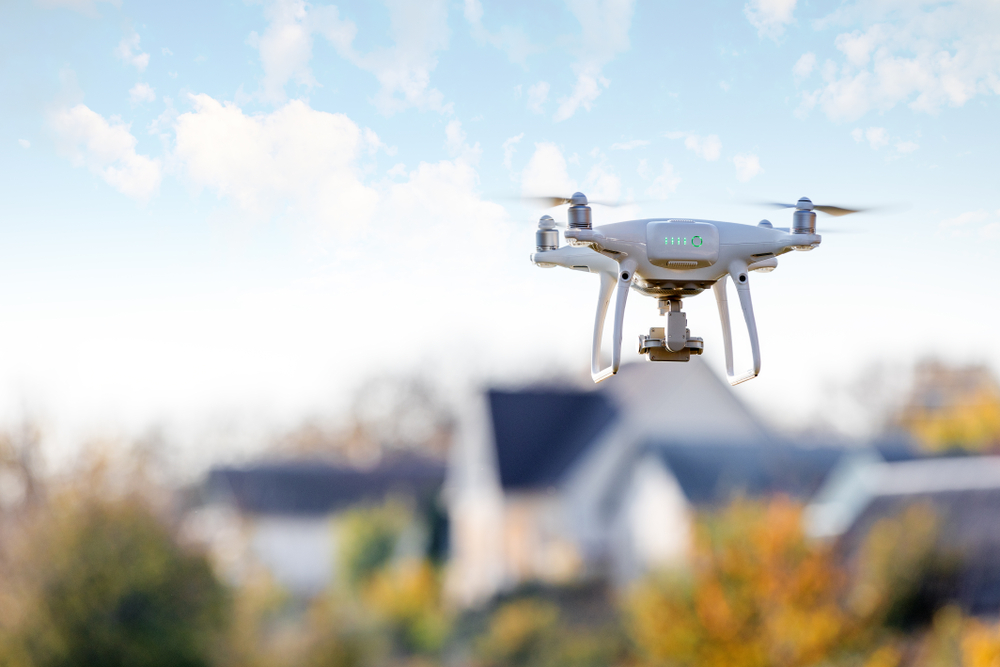
Researchers at MIT’s Laboratory for Information and Decision Systems have designed an algorithm that will help drones find the fastest route around obstacles without crashing. The algorithm was created from data that combined simulations of a drone flying through a virtual obstacle course with data from experiments of a real drone flying through the same course in the real world.
Experiments showed that a drone trained with the new algorithm flew through a simple obstacle course up to 20% faster than a drone trained on conventional planning algorithms. Though completing the course more quickly overall, the algorithm would at times choose to slow the drone down in order to handle a complex maneuver, or to save its energy in order to speed up and “sprint” for the finish.
“At high speeds, there are intricate aerodynamics that are hard to simulate, so we use experiments in the real world to fill in those black holes to find, for instance, that it might be better to slow down first to be faster later,” says Ezra Tal, a graduate student in MIT’s Department of Aeronautics and Astronautics. “It’s this holistic approach we use to see how we can make a trajectory overall as fast as possible.”
“These kinds of algorithms are a very valuable step toward enabling future drones that can navigate complex environments very fast,” adds Sertac Karaman, associate professor of aeronautics and astronautics and director of the Laboratory for Information and Decision Systems at MIT. “We are really hoping to push the limits in a way that they can travel as fast as their physical limits will allow.”
The research was published in the International Journal of Robotics Research.
